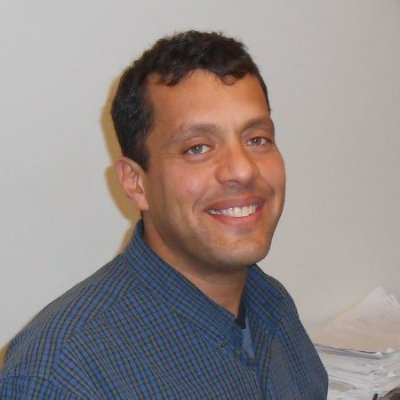
Recent Advances in X-ray Tomographic Imaging
X-ray Computed Tomography (CT, also known as the CAT scan) entered the clinic as a diagnostic tool in the late 80's and early 90's. Since then its use has steadily increased, and it is currently the work-horse for tomographic imaging in the hospital. Also, concurrently with the increase in use, there has been quite large leaps in the technical capabilities of CT. The high timing and spatial resolution along with the short duration of the scan make it indispensible for stroke and heart disease assessment, and it is used for imaging pretty much every internal organ. Even though diagnostic CT is a highly developed and refined piece of technology, research in the area of X-ray tomographic imaging is still on the increase and the range of applications continues to grow.
The recent growth is a consequence of the switch-over of standard two-dimensional projection X-ray from being film-based to use of 2D flat-panel digital detectors in the early 2000's. As the frame-rate of these digital detectors increased, the design of X-ray tomograpic devices was able to break free from the standard diagnostic CT setup. New X-ray tomographic devices dedicated to specific anatomy, such as "3D mammography", or specific purpose devices, for radiation therapy or surgery guidance, started and continue to be developed. The advances in detector technology also continue with recent progress in photon-counting technology that also has some energy-resolving capability.
In this talk I will give an overview of these developments mostly from the software and tomographic image reconstruction point-of-view as this is the main focus of our research. Because CT images involve on the order of one billion voxels, we are truly dealing with "big data" problems.
